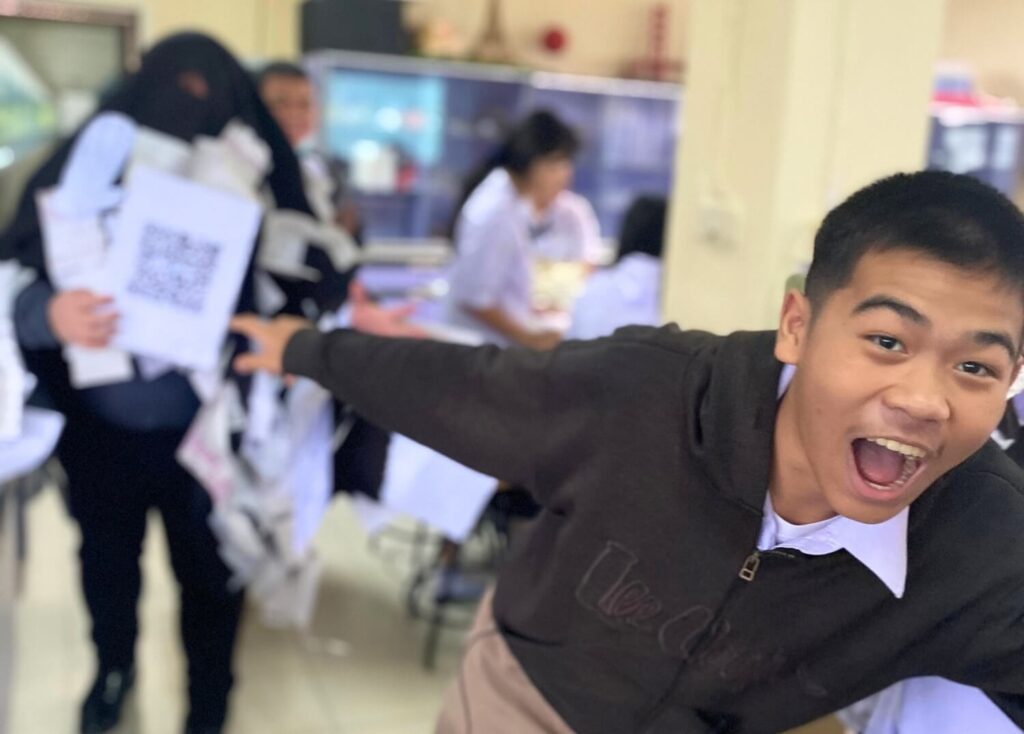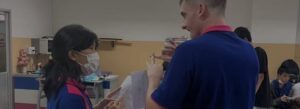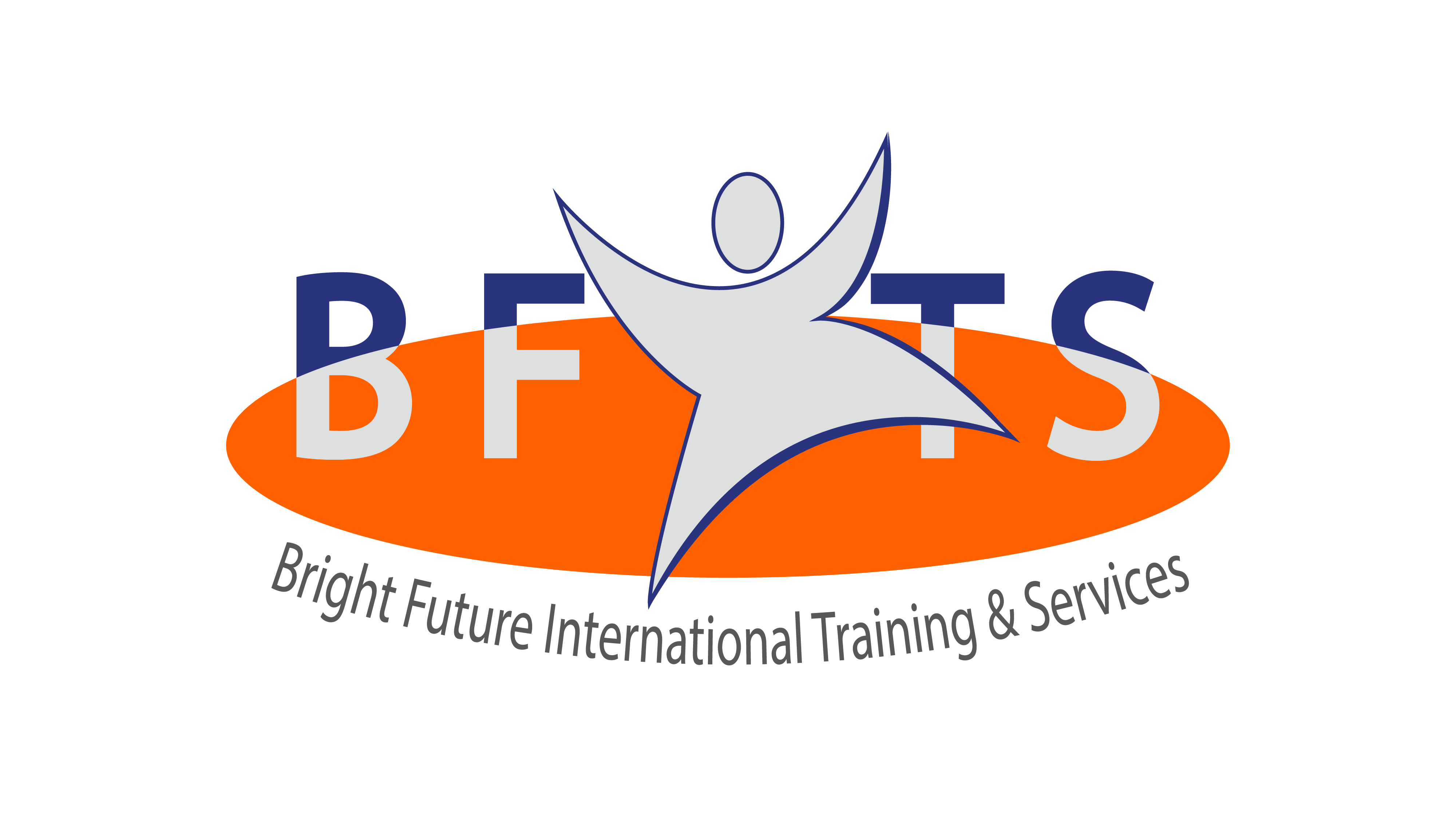“Every choice we make can be a celebration of the world we want.” – Frances Moore Lappé
Halloween, celebrated on October 31, is a holiday rich in history and brimming with festivity. Originating from ancient Celtic traditions, it has transformed over centuries into a modern celebration marked by costumes, candy, and community spirit.
This blog explores the enduring origins of Halloween, its contemporary observances, and the reasons it continues to fascinate people worldwide. I’ll also share a special look at how I brought the holiday’s spirit to life this year by celebrating with my outstanding SPR BFITS Program students in Thailand!
The Origins of Halloween

The origins of Halloween can be traced back to the ancient Celtic festival of Samhain, which marked the end of the harvest season and the beginning of winter. The Celts, who lived in regions now known as Ireland, the United Kingdom, and northern France, believed that on the night of October 31st, the boundary between the living and the dead became blurred.
During this time, spirits were believed to return to the earth, and the living would light bonfires and wear costumes to ward off any malevolent beings. With the spread of Christianity, Samhain evolved into All Hallows’ Eve, the night before All Saints’ Day.
Over time, this religious observance blended with local customs and beliefs, leading to the secular holiday now celebrated as Halloween. Known for its blend of ancient festivals, spooky stories, and modern festivities, Halloween has become a globally recognized holiday enjoyed by people of all ages.
Celebrating Halloween with My Mathayom Students
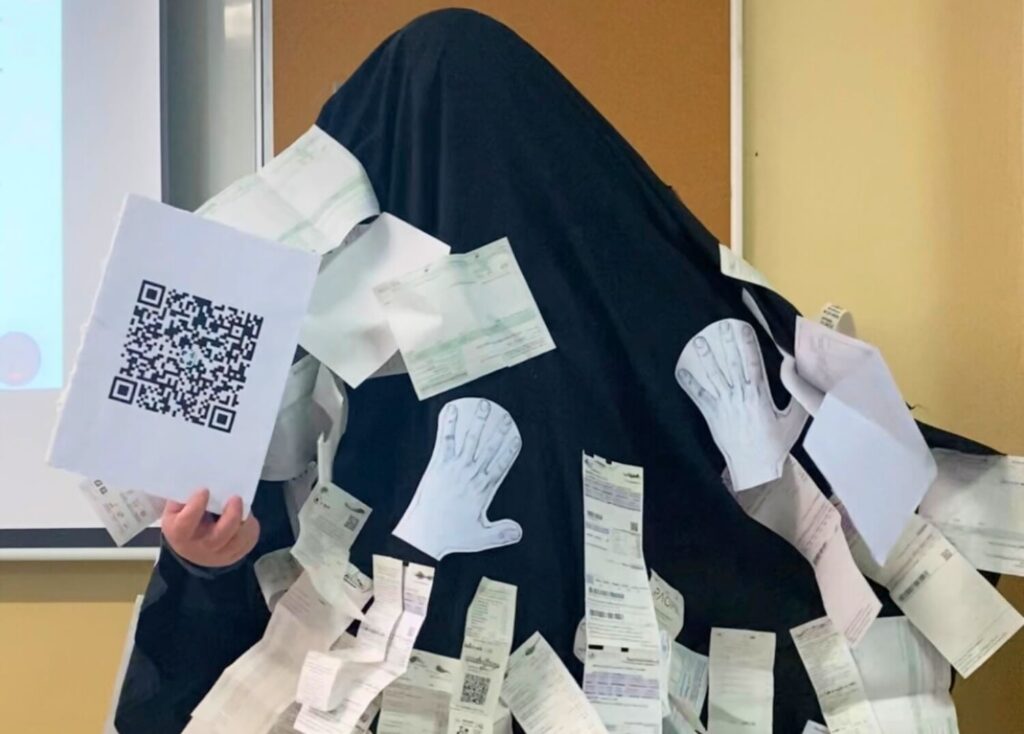
Halloween in Thailand may look a little different from how it’s celebrated in the West, but the energy and excitement are just as vibrant. In my Mathayom class at Saipanyarangsit (SPR) School, we explored the holiday’s origins, shared stories, and connected through creativity and laughter.
For students in Thailand, celebrations like Halloween offer a fun and meaningful way to learn English through real-life cultural experiences, where learning extends beyond textbooks and into shared classroom moments. It’s a chance for students to use language naturally, express themselves creatively, and appreciate cultural diversity.
Halloween itself is a holiday that beautifully blends ancient traditions, folklore, and modern festivities. Known for its costumes, trick-or-treating, and haunted houses, it has become a globally recognized celebration enjoyed by people of all ages. Beyond the spooky fun, Halloween carries a rich history that deepens its cultural and social significance, reminding us how traditions — even those from far away — can bring people together through curiosity, creativity, and shared joy.
Trick or Treat, Gen Z Edition: “Scan to Pay”
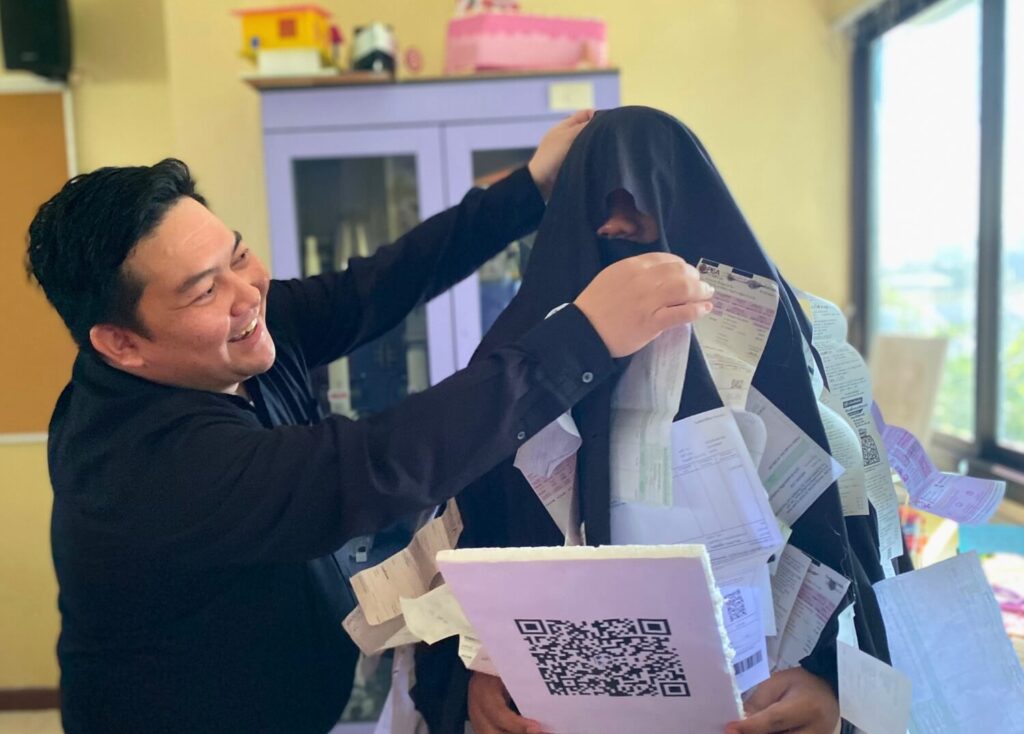
“Clothes make a statement. Costumes tell a story.” – Mason Cooley
One of Halloween’s most anticipated traditions is trick-or-treating. Dressed in costumes ranging from spooky to whimsical, children go door-to-door saying “Trick or treat!” in hopes of receiving candy. This beloved practice originated in the Middle Ages when people would go souling — visiting homes to offer prayers for the dead in exchange for food.
The American twist on this tradition gained popularity in the early 20th century, with costumes and candies becoming central to the activity. Today, trick-or-treating is one of the most recognizable parts of Halloween, symbolizing joy, imagination, and togetherness.
The choice of costume has expanded beyond ghosts and witches to include a wide range of pop culture figures and imaginative creations. Halloween costumes allow people to step into someone else’s shoes, whether that be a fictional character, a historical icon, or a personal hero. This freedom to express creativity and explore alternate personas makes Halloween a unique social and artistic experience.
As we continued celebrating Halloween in my class, we decided to take this tradition to the next level — with a Generation Z twist: “Scan to Pay.” It was a modern parody of trick-or-treating that connected humor, culture, and technology into one fun classroom activity. Students loved the idea, turning the traditional “Trick or Treat” into a playful, tech-inspired exchange that perfectly reflected today’s digital age.
The laughter and excitement that filled the classroom reminded me that teaching in Thailand is about more than just academics — it’s about creating shared experiences where students can learn, laugh, and engage through cultural exchange and creativity.
Creating My Halloween Character: JUDE8, The Scariest ‘Due Date’
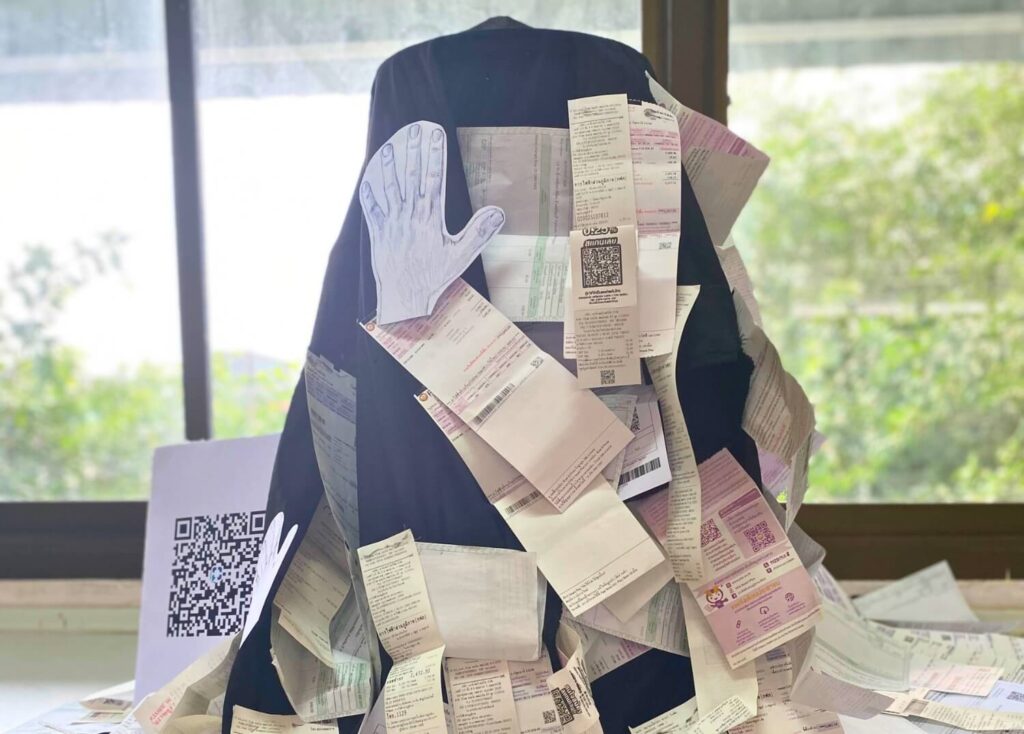
This year’s Halloween celebration was extra special thanks to a costume competition organized by our Program Manager, Mr. Trell Cornelius, and Operations Manager, Ms. Nutnaree Ruksachob. I decided to participate to have a unique experience — it’s been a while since I’ve joined an event like this, and I wanted to make the most of it.
My character was JUDE8, also known as Due Date. Nothing scarier than JUDE8! YOU CAN’T RUN FROM ME!
JUDE8 is my own original character design, inspired by the No-Face figure from Spirited Away, but reimagined as a haunting reminder of the true horrors of adult life — monthly bills and payments. The costume’s foundation was a black cloth structure covered entirely in recyclable receipts and bills I had collected over the past three years, both past and present.
Every detail of the costume had meaning:
- 🖐️ The hand symbolized Team 5, representing unity and collaboration.
- 💳 The QR code reflected today’s digital payment world — a clever nod to how we often “scan to pay.”
- 🧾 The receipts embodied the never-ending cycle of real-life responsibilities that follow us everywhere.
It was fun and exciting to create, but also unexpectedly relatable. Many of my students agreed that JUDE8 was truly scary — not only in the fictional sense but also in real life! One student even sent a photo of the costume to their family, and they said it was both “hilarious and witty.”
The Power of Costumes and Inclusivity
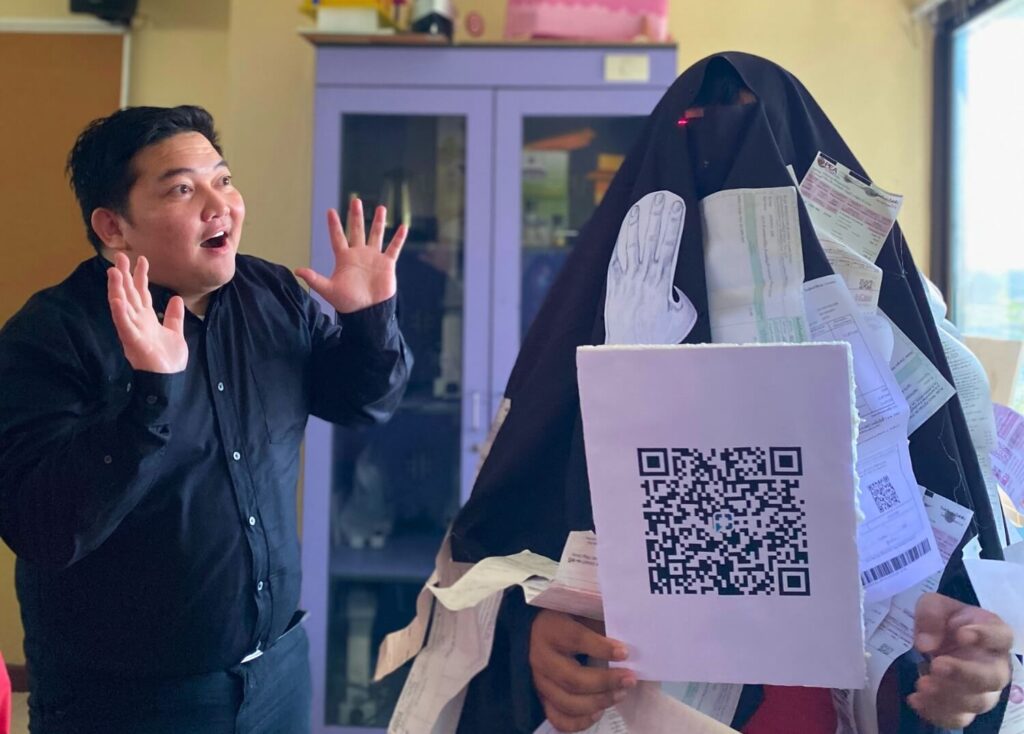
I tried dressing up for Halloween this year because I believe costumes encourage inclusivity — they break down social barriers and allow everyone to join in the fun.
On Halloween, the usual classroom hierarchy disappears. The quietest student can become the most confident character in the room, and everyone — teachers and students alike — shares the same excitement and energy. This shared experience fosters teamwork, laughter, and creativity, creating stronger connections that go far beyond the classroom.
Costumes give students a chance to express themselves freely, step outside their comfort zones, and see each other in a new light. In these moments of play and imagination, learning becomes not just educational but also joyful, inclusive, and unforgettable.
Halloween Around the World

While Halloween is widely celebrated in the United States and Canada, it has gained popularity worldwide, with various countries adding their own cultural twists.
In Mexico, Día de los Muertos (Day of the Dead) shares some similarities with Halloween but has distinct practices, such as creating vibrant altars and celebrating loved ones who have passed away.
In Japan, Halloween has evolved into a multifaceted phenomenon, blending commercial and creative elements, with elaborate costume parades and themed parties prevalent in major cities like Tokyo.
The beauty of Halloween lies in its adaptability — allowing every culture to add its own unique flair while preserving the universal themes of creativity, remembrance, and fun. This flexibility makes Halloween a holiday that resonates across cultures, bringing people together to celebrate imagination and tradition in different ways around the world.
The Joy of Community and Giving
“Happiness doesn’t result from what we get, but from what we give.” – Ben Carson
Halloween is not just about costumes and candy. It’s about community spirit and shared joy. Whether it’s neighborhood trick-or-treating, classroom celebrations, or school charity drives, the heart of Halloween lies in coming together.
Even the smallest gestures — like giving out candy — can spark genuine smiles and brighten someone’s day. These moments remind us that kindness is the true treat of every celebration.
In schools, Halloween becomes an opportunity to connect. Decorating classrooms, hosting skits, and organizing group activities bring students and teachers closer, building teamwork and camaraderie that lasts beyond the season.
The holiday also encourages creativity and collaboration. From crafting homemade costumes to baking pumpkin-themed treats, Halloween invites everyone to express themselves and share in the fun. This creative energy strengthens school spirit and nurtures friendships — a reminder that joy multiplies when it’s shared.
Skit for Halloween in Thailand: A Day to Remember

During our Halloween skit activity, laughter filled the classroom as students confidently stepped into their roles and enjoyed the thrill of performing. For many, it was their first time celebrating a Western-style holiday — and seeing their creativity and confidence shine made the experience even more rewarding.
Halloween beautifully bridges the past and the present, blending ancient customs with modern classroom celebrations. It encourages us to face our fears, express ourselves freely, and connect with others through laughter and shared joy.
This year’s celebration reminded me of the power of simple traditions. From spooky costumes to heartfelt smiles, these moments bring people together, ignite creativity, and create memories that last long after the day ends.
Though Halloween began centuries ago as a way to ward off spirits, it has evolved into a global celebration of imagination, inclusivity, and togetherness — a reminder that joy often comes from the connections we build and the stories we share.
🎃 Happy Halloween!


